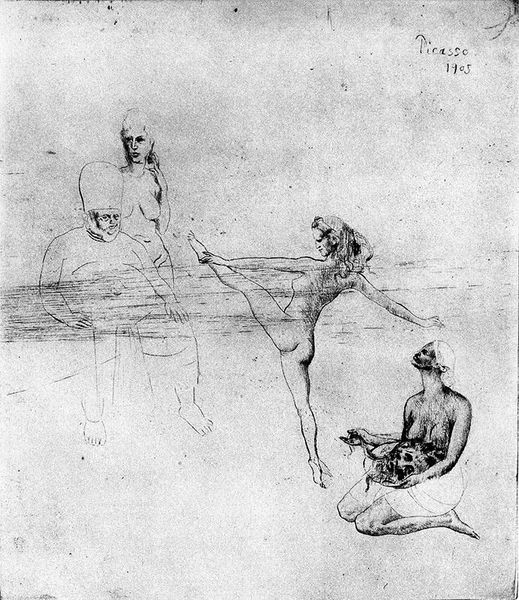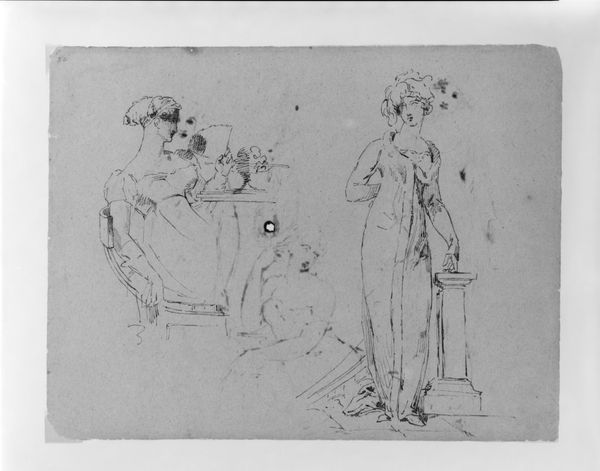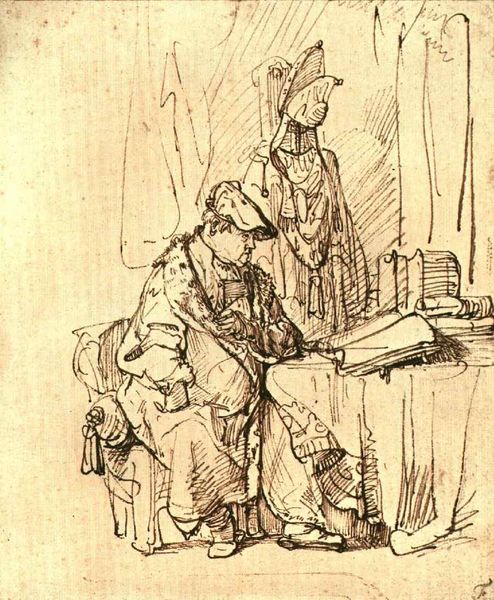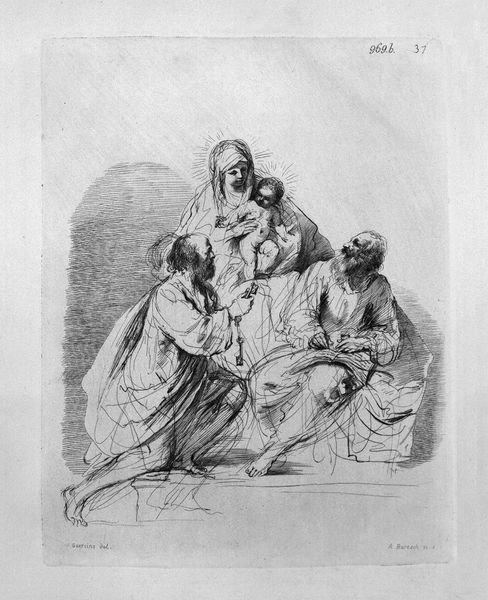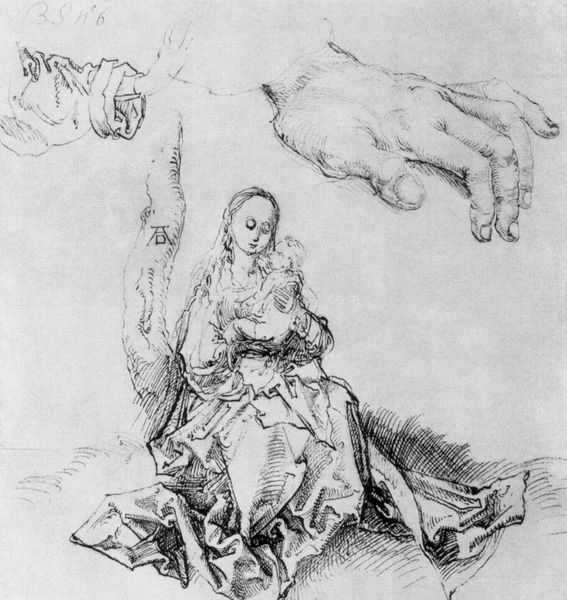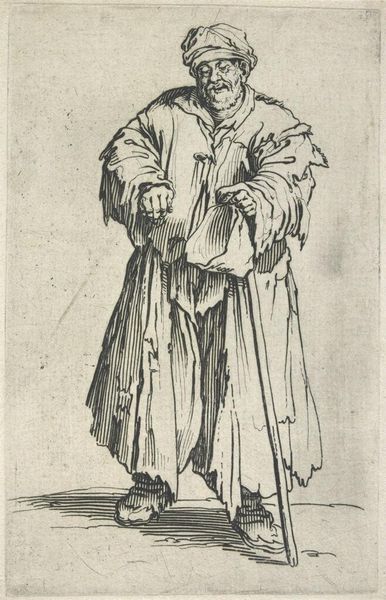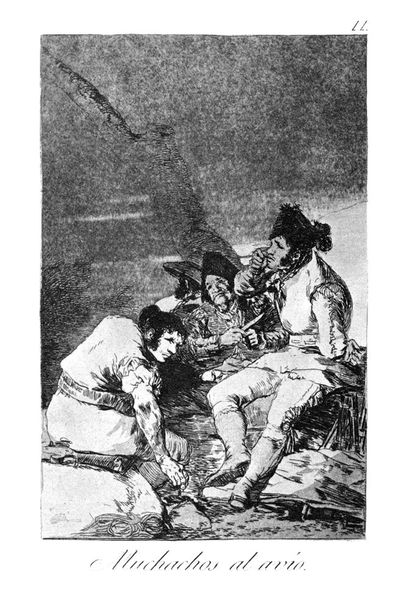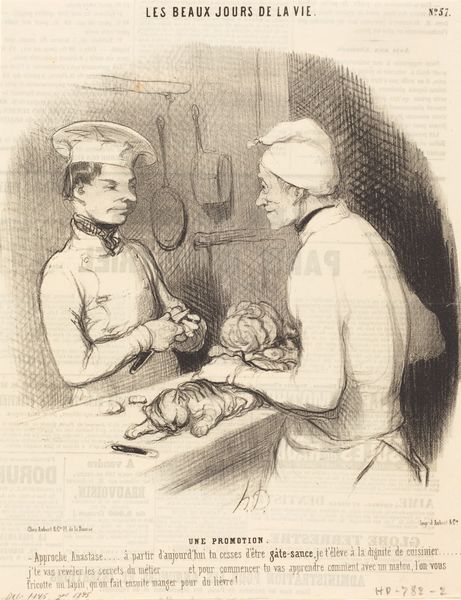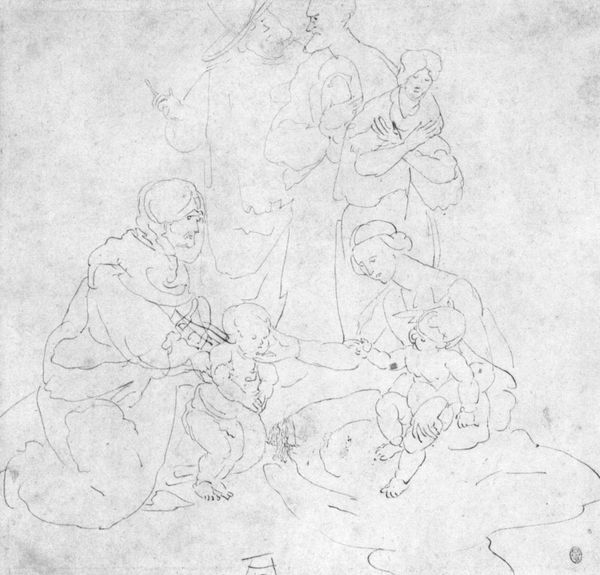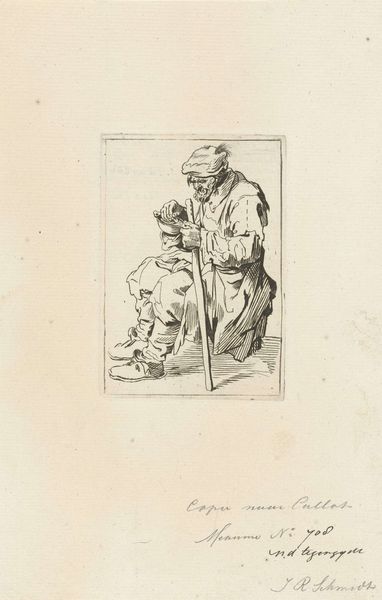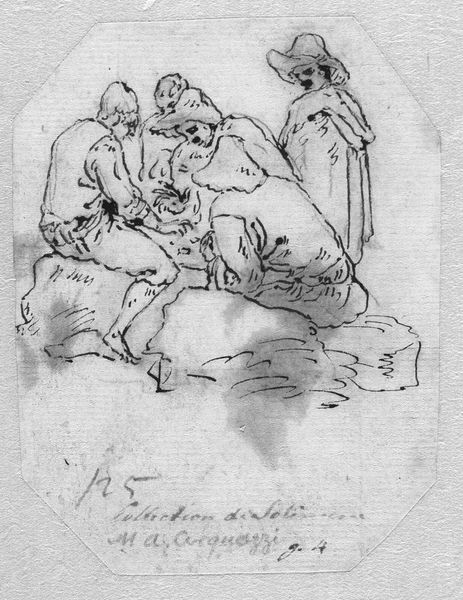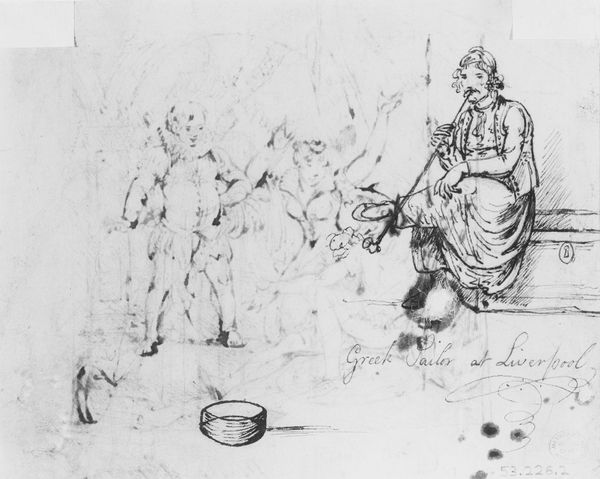
Emperor Akbar and his son, the future Eperor Djahângir 1656
0:00
0:00
drawing, graphite
#
portrait
#
drawing
#
pencil sketch
#
asian-art
#
charcoal drawing
#
pencil drawing
#
graphite
#
charcoal
#
graphite
Copyright: Public domain
Rembrandt van Rijn created this ink drawing, Emperor Akbar and his son, the future Emperor Djahângir, during the Dutch Golden Age, a time of flourishing trade and cultural exchange between Europe and the East. This drawing reflects the 17th-century European fascination with the Mughal Empire, fuelled by travelers' tales and exotic commodities. Rembrandt, who never traveled to India, based this work on Mughal miniatures he saw in Amsterdam. In this drawing, the figures of Akbar and his son are bathed in divine light, their halos suggesting a sacred status. Two cherubic figures float above them, a motif more Western than Eastern, signaling a fusion of cultural imageries. It’s fascinating how Rembrandt interprets and adapts a culture so different from his own. He seems to blend respect with a touch of European fantasy. The drawing shows a softer side of cultural exchange, where the exotic isn't just a commodity, but a source of wonder and artistic exploration.
Comments
No comments
Be the first to comment and join the conversation on the ultimate creative platform.
